Articles about calibration

The smart integrator’s guide: Choosing the right sensor from design phase
Articles about OEM integration
Learn how to choose the right modular OEM sensor from design phase. Avoid hidden recalibration costs and gain client autonomy with our guide.
Read more

Calibration vs Recalibration: The difference every integrator must know
Articles about OEM integration
Discover why sensor calibration vs recalibration creates hidden costs for integrators. Learn the frequency, scope & strategic differences that impact customer satisfaction long-term.
Read more

Modular vs Non-Modular Solutions: How to transform recalibration into a competitive advantage
Articles about OEM integration
Discover how modular sensor solutions transform recalibration into competitive advantage. Reduce costs and eliminate downtime.

FAQ on calibration and recalibration of Dracal sensors
Articles about calibration
This FAQ answers the most frequently asked questions about the calibration and recalibration of your Dracal measuring instruments: recommended frequency, costs, choice of calibration points, etc.
Read more
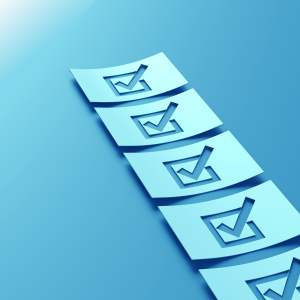
How often should Dracal sensors be recalibrated?
Articles about calibration
We're sharing a step-by-step plan to help you answer one of the questions most frequently asked of our technical team at Dracal: how often should you recalibrate your sensors?
Read more
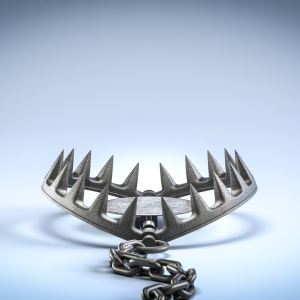
What is the recalibration trap and how to solve it
Articles about OEM integration
The problem of recalibration concerns manufacturers who have integrated environmental sensors (temperature, relative humidity, atmospheric pressure, etc.) into products dedicated to standardized markets. Inevitably, these sensors have to undergo recalibration, and this is when too many engineering teams get caught out. In this article, we outline the origin of the problem, present the two criteria that an ideal solution to this problem must satisfy, and illustrate a concrete example of such a solution.
Read more
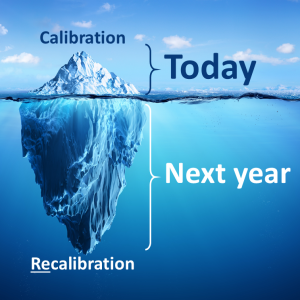
Beyond purchase price: Why recalibration capabilities should drive your OEM sensor selection
Articles about OEM integration
Learn why it's crucial, when designing products operating in highly controlled industries, to choose sensors that are easy to recalibrate by the end-user.
Read more
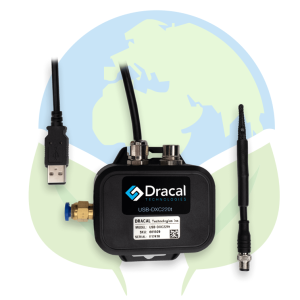
CO₂ calibration: a cost-saving and environmentally friendly alternative to fyrite
Articles about calibration
Discover Dracal USB-connected CO2 meter, a cost-effective and eco-friendly alternative to Fyrite for CO₂ calibration.
Read more
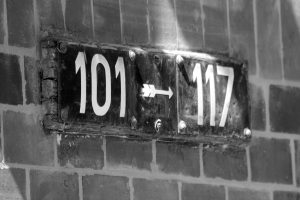
Guide in 10 questions on Dracal instrument calibration (adjustment) and its benefits
Articles about calibration
This article highlights the importance of calibratable (adjustable) instruments, which allow precise adjustments for accurate long-term measurements. It also covers the calibration of Dracal instruments upon delivery, the possibility of self-calibration, and options for recalibration.
Read more
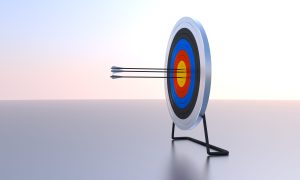
5 reasons to choose a calibratable (adjustable) instrument
Articles about calibration
In this article, find out why we offer the option to purchase a calibratable (adjustable) instrument (-CAL) and why it could suit you.
Read more
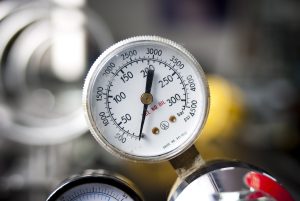
7 tips for comparing two instruments accurately
Articles about calibration
In this article, we present 7 key elements to check when comparing measurements between 2 instruments to avoid diagnostic errors that can be costly to the progress of your project.
Read more
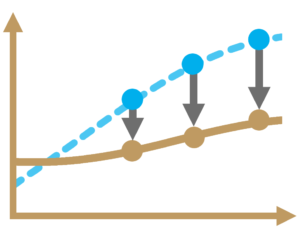
Documentation of the 3-point user-calibration mechanism
Articles about calibration
Discover how user calibration in 3 points is implemented in your calibratable products (products with the -CAL suffix).
Read more
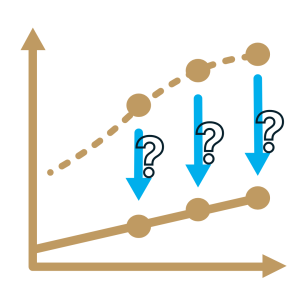
Calibration or adjustment?
Articles about calibration
What is a calibration? In common usage, calibration consists in correcting the value given by an instrument during a measurement. It is in fact an adjustment, as per the International Vocabulary of Metrology. See some explanations and what Dracal offers.
Read more
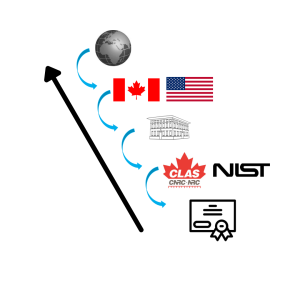
What Is the Traceability of an Instrument?
Articles about calibration
The traceability certificate ensures precision and accuracy. It is provided by an accredited laboratory using instruments with documented calibration.
Read more
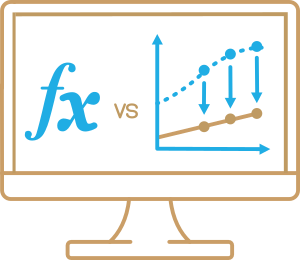
Calibrating your USB sensor: 5 advantages of opting for the 3-point user-calibration mechanism
Articles about calibration
The math channels available in our visualization and logging software allow you to implement formulas involving the various channels of Dracal USB sensors. In particular, the implementation of functions “equivalent” to a calibration can be implemented manually and be accessible in the graphing and logging tab. Why would you then choose a device (-CAL) that […]
Read more
Traceability certificates and calibration
Articles about calibration
We can provide traceable certificates for most of our products. This page describes what standards our certificates meet and outlines the process of ordering them.
Read more